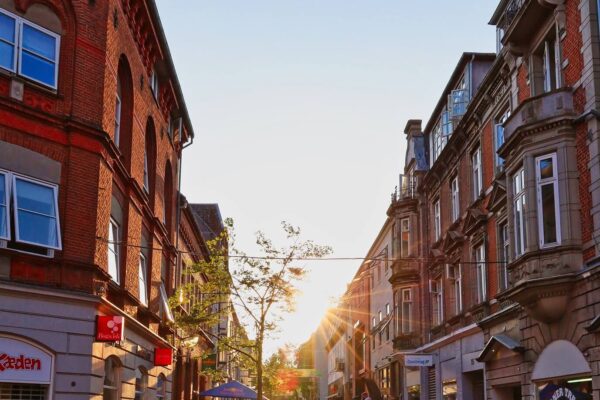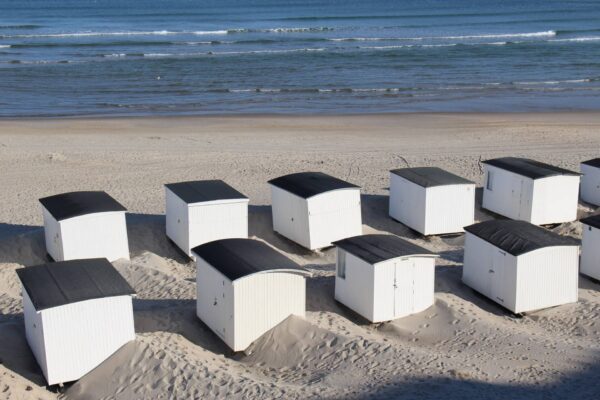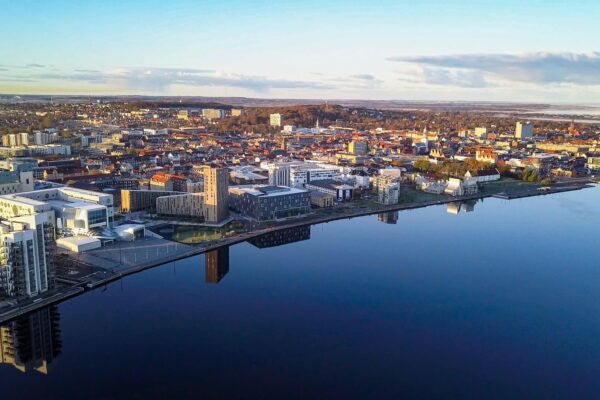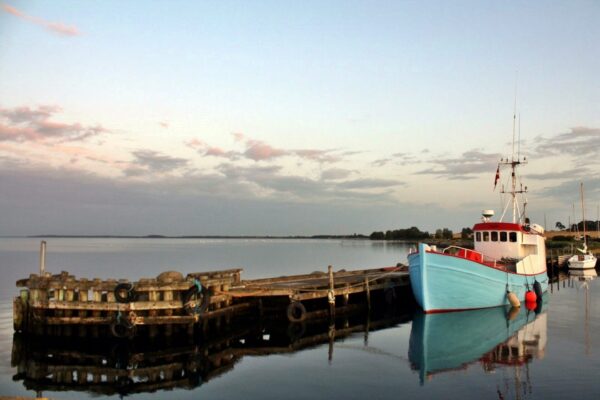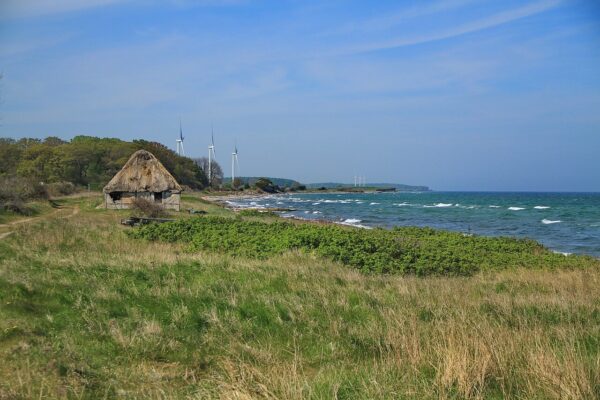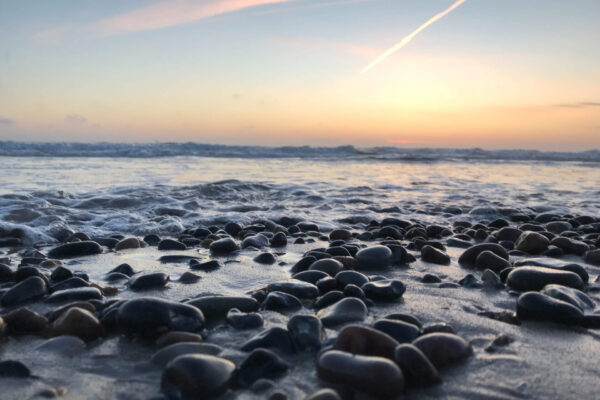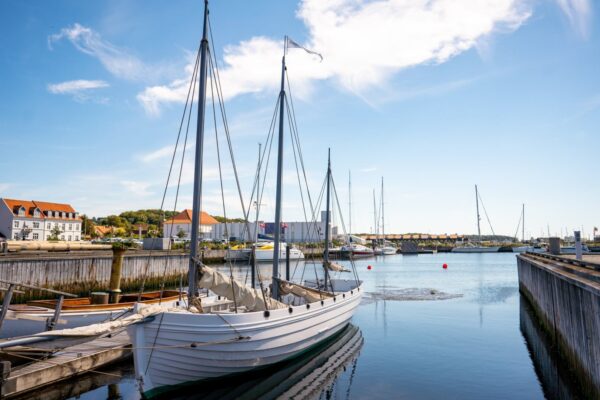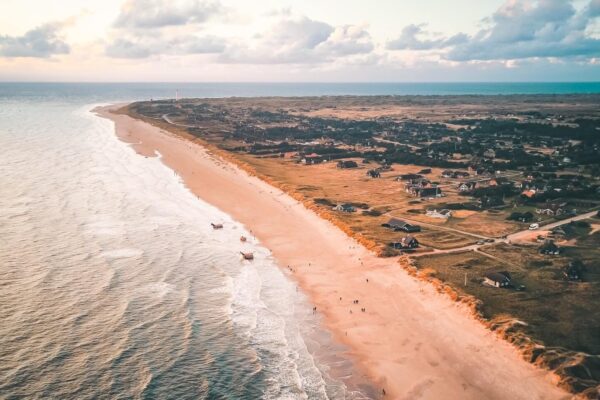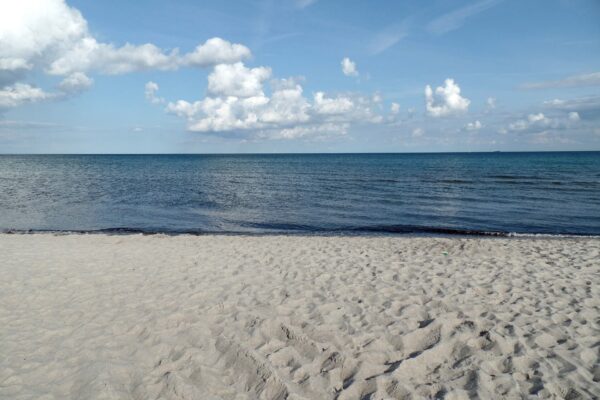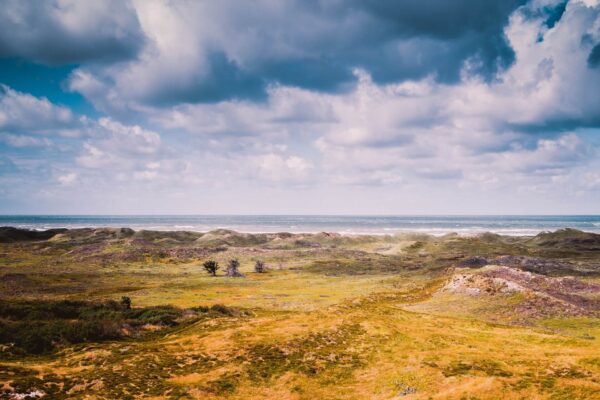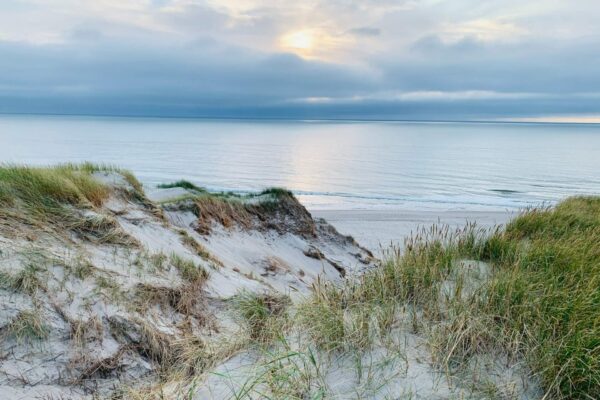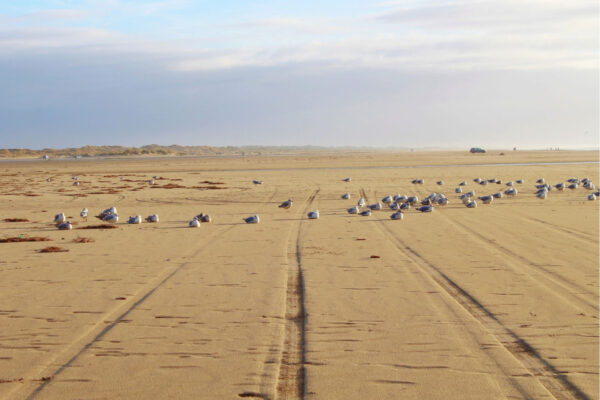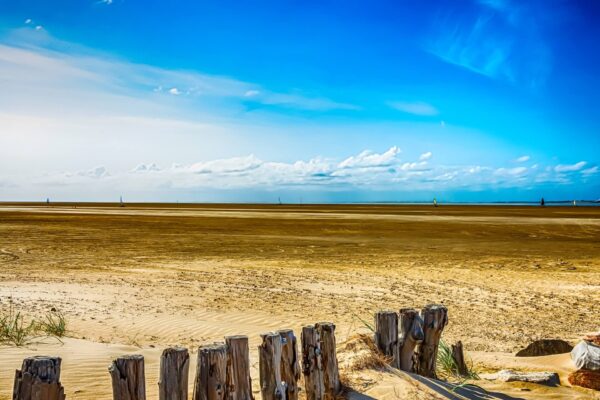It is the oldest town in Denmark and combines a long history with the cosy charm of a Danish village: Ribe. The small town in West Jutland is particularly suitable for a visit if you want to experience the Middle Ages up close. Find out exactly what there is to see in Ribe here.
Why should you travel to Ribe?
Ribe is the oldest town in Denmark and therefore has a long history. The beautiful old town centre invites you to stroll around and offers numerous sights such as Ribe Cathedral and the Viking Museum. The region around Ribe, West Jutland, is also a popular destination for travellers. Places such as Hvide Sande, Henne Strand, Sondervig and Bork Havn are ideal for a day trip or as a destination in their own right.

Where is Ribe located?
Ribe is located in West Jutland on the Danish North Sea coast. The town has just over 8,000 inhabitants and belongs to the municipality of Esbjerg, to the south of whose centre it is located. It is less than 40 kilometres from the Danish North Sea island of Rømø. The island of Mandø is even closer and is located about 20 kilometres west of Ribe in the North Sea.
Ribe: weather and best time to visit
The weather in Ribe is rather mild. The average daily temperature ranges from 2°C in January to 18°C in July and August. This means that these months are also the most suitable for a beach holiday. The average water temperature is highest in August at 18°C. Overall, the best time to visit is from May to August.
Ribe: sights and activities
Due to the town’s long history, Ribe offers numerous attractions that allow you to experience the long history of the town and the region as a whole. The region around Ribe is also ideal for sporting activities such as hiking, swimming and surfing.
The medieval town centre of Ribe

The medieval town centre of Ribe contains numerous well-preserved buildings that can be visited during a relaxed stroll. These include, for example, the famous Ribe Cathedral, or Ribe Domkirke in Danish, which dates back to the 12th century. For a small entrance fee, you can climb the tower, known as the Commonner’s Tower, and visit the adjoining museum.
Ribe’s old town centre is also home to Denmark’s second oldest town hall and one of the best-preserved monasteries in the country, the Dominican monastery from the 13th-15th centuries.
The Vikings in Ribe: The Vikingecentre
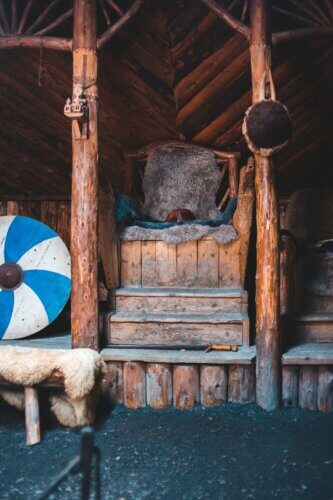
As Denmark’s oldest city, Ribe naturally also offers the opportunity to learn a lot about the country’s history. And what would Scandinavia be without its Vikings? The Ribe Vikingecenter shows reconstructions from the period 710-980 A.D. For example, you can visit the market square Anno 710 or the manor Anno 980 and experience the Middle Ages up close.
Activities such as archery, falconry shows, minting coins and more are also on offer. Traditional Viking food can also be savoured. All in all, the Vikingecentre in Ribe is one of the best ways in Scandinavia to immerse yourself in the Viking Age.
Beaches and swimming near Ribe
Ribe is also ideal for a beach holiday. There are numerous beaches in West Jutland that are suitable for bathing, swimming and even windsurfing. Those who prefer a more sporty holiday can enjoy the coastal landscape for hiking, cycling and even beach buggy riding on Rømø.
For families with children who prefer a quieter entry point for swimming, the Ringköbing Fjord is popular, which is about an hour’s drive to the north.

Holiday homes in Ribe
Many people choose a holiday home for their holiday in West Jutland. This offers particular advantages for larger groups. This option is also perfect for holidaymakers who like to be independent and would like to have their own cooking facilities, for example.
Camping in Ribe
Alternatively, you can also stay overnight at a campsite near Ribe. This has the advantage that you are well connected and can get to Ribe quickly, but at the same time enjoy the benefits of a holiday in the countryside of West Jutland.
Travelling to Ribe
From Central Europe, most holidaymakers travel to Ribe by car. The town can be reached from Hamburg in less than three hours by land, for example. Ribe can also be easily reached by public transport. As there are no direct flights from the UK to the region, the only option is to fly via Copenhagen.
